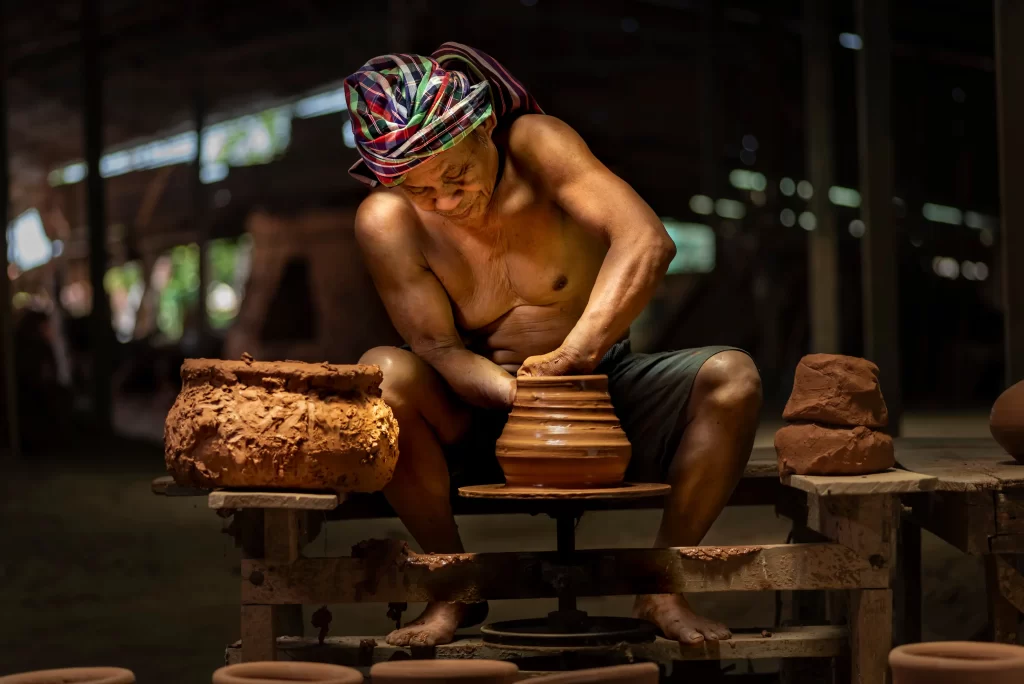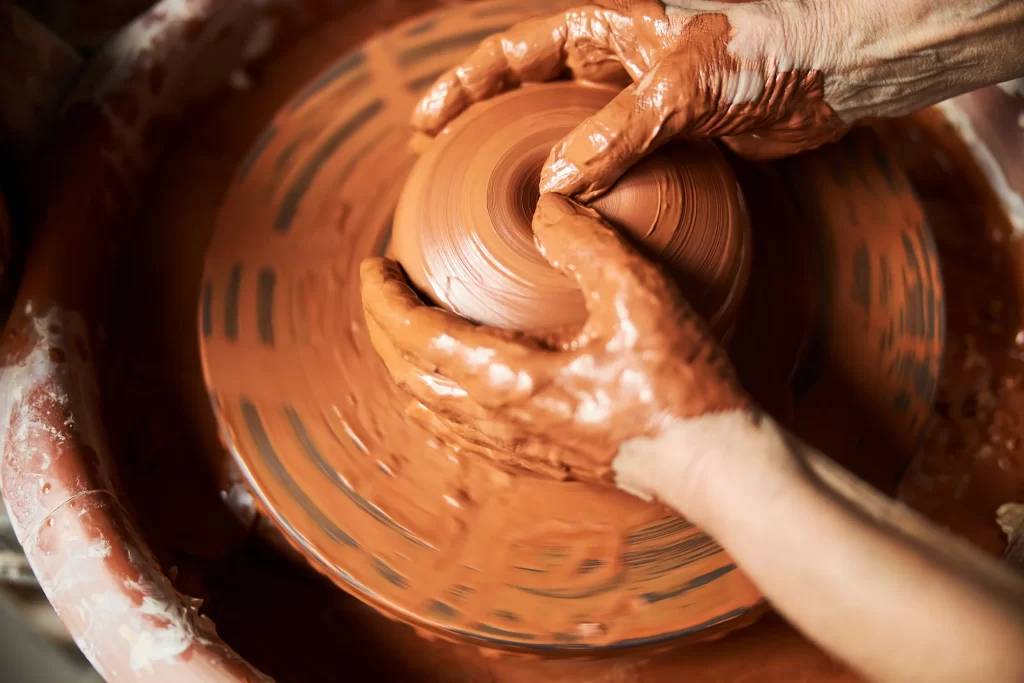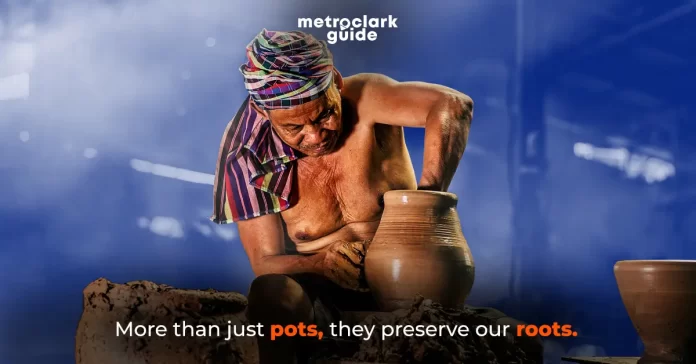Beyond cooking, the kuran and pasu preserve the artistry and flavors of Kapampangan culture.
In this age where modern kitchenware made of metals has become dominant, we have neglected our once staple cooking clay pots— vessels that not only carried the flavors of tradition but also connected us to the earth and our ancestral roots.
As we embrace technological advancements, perhaps it’s worth revisiting these humble earthenware pieces that once held a special place in every Kapampangan kitchen, reminding us of the craftsmanship and cultural heritage we risk losing.

Pottery has a long-standing tradition in Pampanga where a vibrant culture that integrates functionality and artistry exists. A place where one can see the ordinary kuran, round-bottomed cooking pot, and the beautiful pasu full of decoration, representing more than just an object; but a glimpse of an intricate and labor-intensive pottery-making process.
Throughout this process, clay and sand are sourced from various natural locations, then mixed and molded using different techniques. As the clay is worked, finishing touches like incising designs and applying slips for coloring are added, followed by drying and firing.’
This artisanal process should be celebrated not just for its practicality but for the artistry it embodies. Each kuran and pasu is a testament to the dedication and creativity of the potter, blending utility with aesthetic appeal and cultural heritage, making it a true reflection of Kapampangan craftsmanship.

The kuran was central to our everyday meals. I can still picture my mom cooking paksiw, ginataan, and other dishes in it, and how it brought out the rich, deep flavors of every recipe. But beyond their use in cooking, these clay pots were a prized part of the collection, proudly displayed in the makeshift kitchen. They were even used as decorative pieces on the platter at every handaan. Their aesthetic charm added a touch of tradition to each meal, giving every gathering that authentic, nostalgic feeling of a time-honored Filipino feast.
Similarly, the pasu, or decorative clay pot, plays a vital role in Kapampangan culture, especially during fiestas and in gardening. These vibrant pots are filled with flowers for celebrations and brightening homes and venues. In gardening, the pasu serves as a practical and artistic container for plants, showcasing the skill of local potters.
Throughout this journey of the earthen vessels of Pampanga, it’s clear that these clay pots go beyond their practical uses; they deeply connect us to our Kapampangan identity. As we navigate a world increasingly dominated by modern materials and technologies, revisiting these traditional vessels reminds us of the artistry and craftsmanship that have shaped our culture for generations. Embracing the kuran and pasu is a way to preserve the flavors of our heritage, connect with our roots, and celebrate the skilled artisans who keep these traditions alive.
Connect with local artisans and discover the artistry of the kuran and pasu. Let’s journey to Santo Tomas, Pampanga, and immerse ourselves in the rich tradition of these earthen vessels:
https://couplethings.ph/listing/pampanga-pottery/# https://www.facebook.com/pampangapotteryph/




